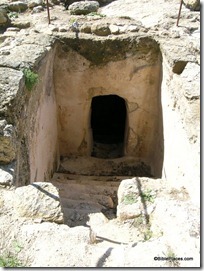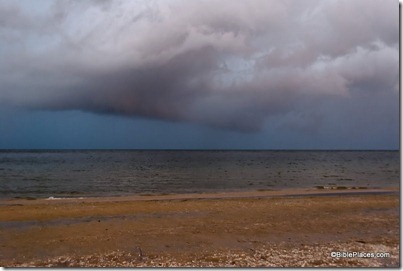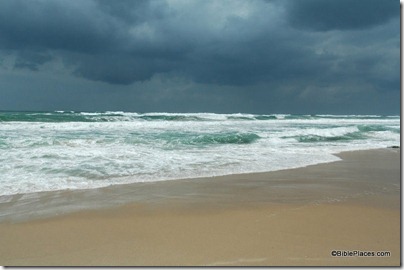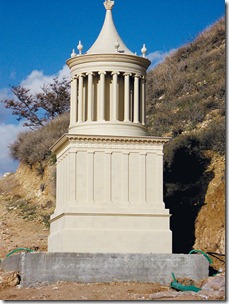Scientists have discovered evidence for cultivation of three of the “four species” of Sukkot in the plaster of walls at Ramat Rahel.
A model of the Temple Mount made by Conrad Schick in 1872 will be on display next week in the new Heritage Center of Christ Church, Jerusalem.
Leen Ritmeyer has notice of a program to be held on the 20th anniversary of Nahman Avigad’s death.
Yosef Garfinkel is pretty upset with Rami Arav’s review of the first excavation report of Khirbet
Qeiyafa. [Update: The post has been removed. See comment below for detail.]
The world’s largest Israeli flag is now flying over Nazareth Illit.
Joe Yudin suggests visiting some sites from King David’s life when the wildflowers are blooming.
The 50th anniversary of the publication of The Dead Sea Scrolls in English, by Geza Vermes, was celebrated last week at Wolfson College.
Bedouin gunmen in Sinai kidnapped two US tourists traveling from Jebel Musa. They were released when Egyptian police set free four Bedouin who had been in custody.
The first snowfall in Rome in 26 years kept visitors out of the Colosseum, the Forum, and Palatine Hill.
HT: Jack Sasson
UPDATE (2/7): At the request of the sponsors, I’ve removed the link to the invitation to the (private)
presentation at Christ Church.





